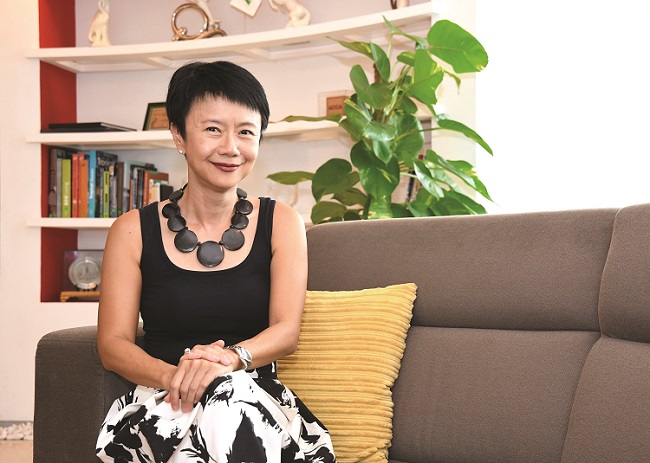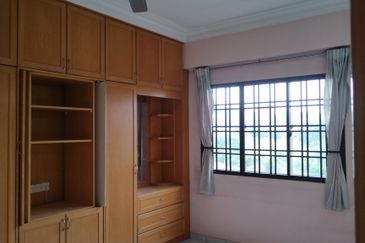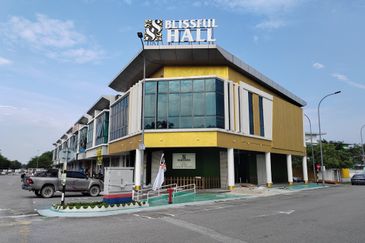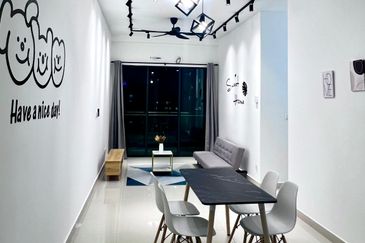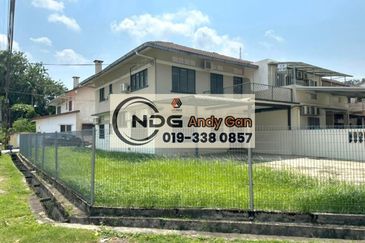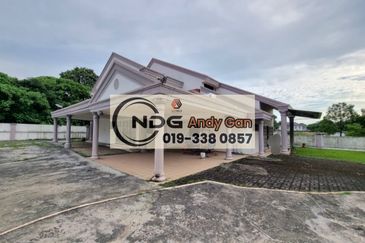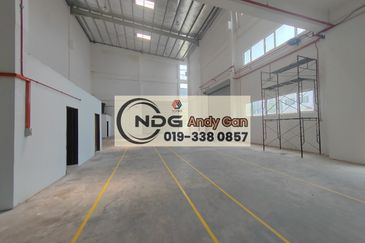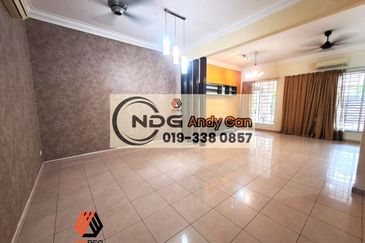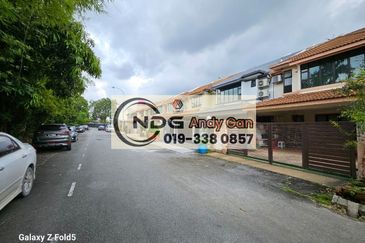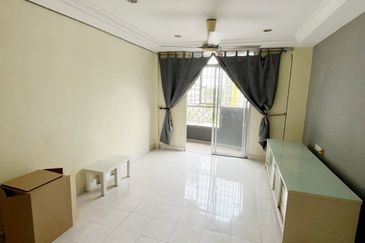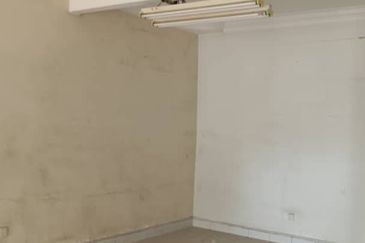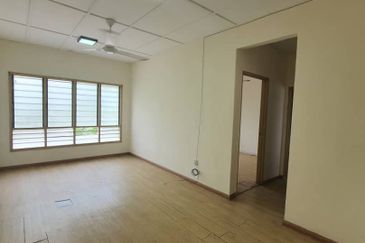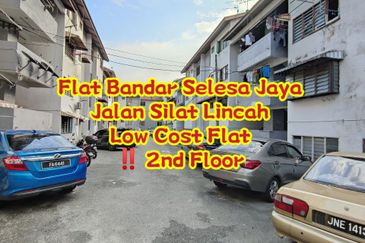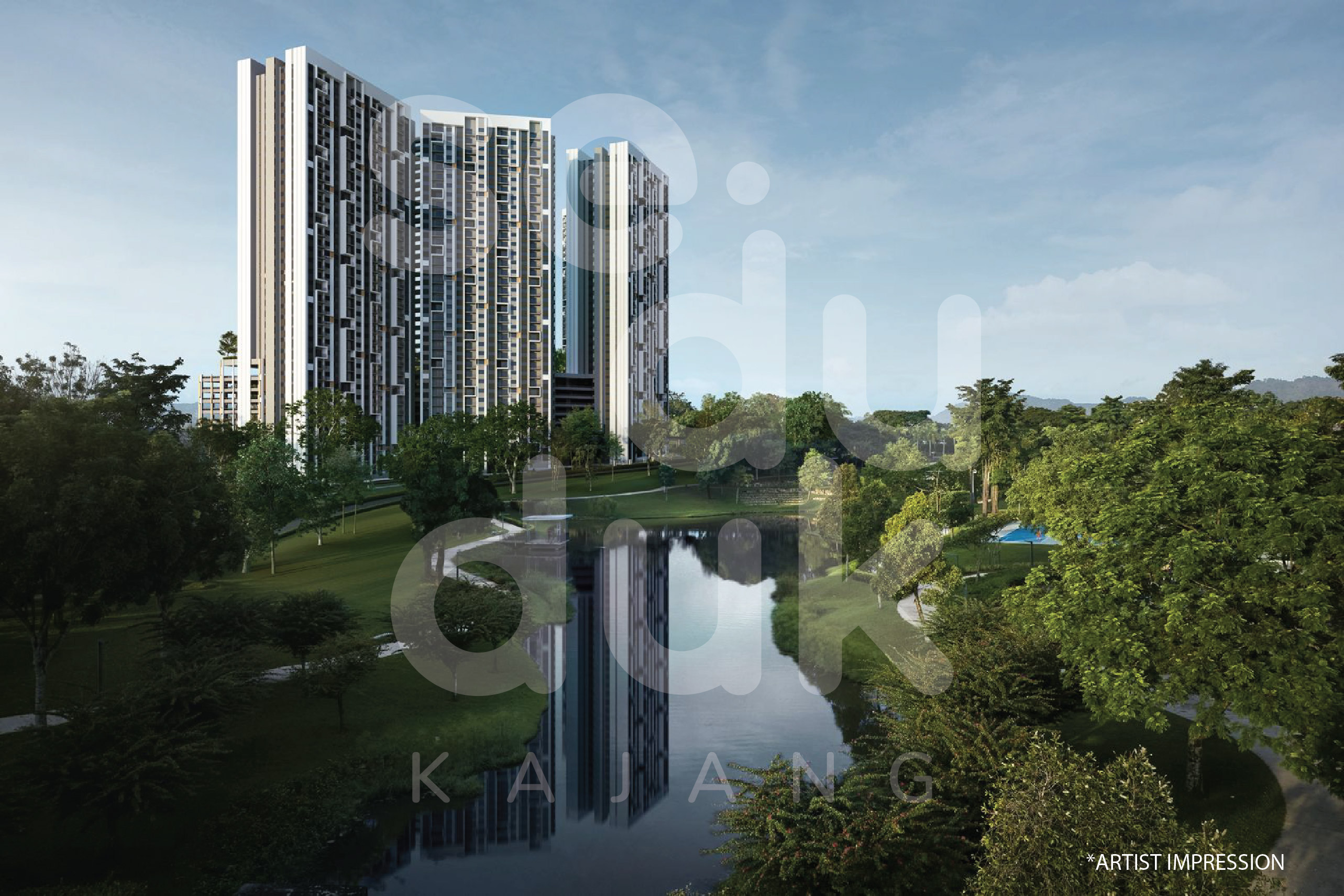When was the last time someone asked if you were happy and what they could do to make your living quality better? If you’ve never had the chance to bare your thoughts, now is your chance — take
TheEdgeProperty.com-Lafarge Happiness in the City Index 2017 survey at http://go.theedgeproperty.com.my/happiness.
For those who recall, Lafarge Malaysia conducted a Happiness in the City survey in 2015. That survey was conducted together with nine other cities which were Chicago, Rio de Janeiro, Paris, Algiers, Mumbai, Chongqing, Barcelona, Madrid and Warsaw.
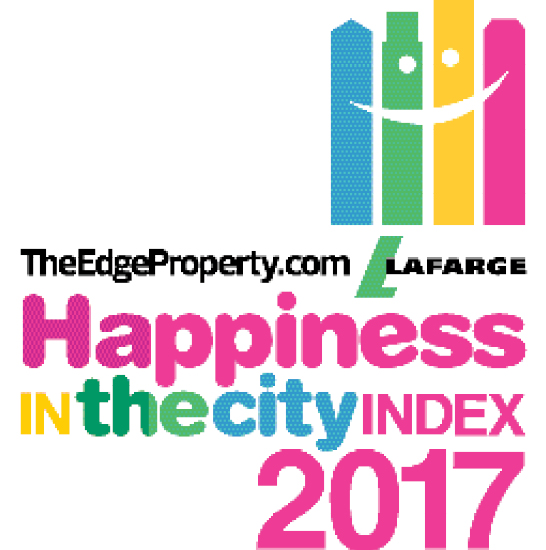 “When we conducted the 2015 survey, we wanted to gauge how the general population felt — especially to hear from the urbanites about living in the city. By 2030, 30% of the total population in Malaysia will be living in Kuala Lumpur and it will be a very densely populated area. We want to understand what makes people happy, what their needs are and how we can highlight the potential issues faced by the stakeholders and how these issues can be addressed,” Lafarge Malaysia director of marketing Shirley Low tells TheEdgeProperty.com.
“When we conducted the 2015 survey, we wanted to gauge how the general population felt — especially to hear from the urbanites about living in the city. By 2030, 30% of the total population in Malaysia will be living in Kuala Lumpur and it will be a very densely populated area. We want to understand what makes people happy, what their needs are and how we can highlight the potential issues faced by the stakeholders and how these issues can be addressed,” Lafarge Malaysia director of marketing Shirley Low tells TheEdgeProperty.com.
“Lafarge has been in operations in Malaysia for over 60 years and in order for us to move forward and be a game changer in the industry, we want to use this index as a platform for us to engage with the urban population on how we can make their quality of life better. I don’t believe there is an index that gauges the happiness of citizens in the city. Often, it is just a topic of conversation and there is no solid proof or statistics that truly capture all these. Hence, this is important for us because we cannot work on our own, we need to understand the matter with all the relevant stakeholders in the industry,” Low adds.
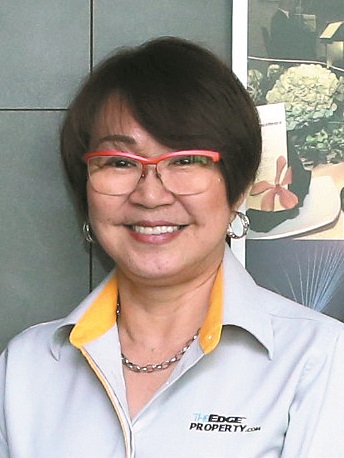 TheEdgeProperty.com managing director and editor-in-chief Au Foong Yee says TheEdgeProperty.com-Lafarge Happiness in the City Index 2017 is both timely and relevant as Malaysia forges ahead to offer a business destination that stands out for a balanced work-play environment.
TheEdgeProperty.com managing director and editor-in-chief Au Foong Yee says TheEdgeProperty.com-Lafarge Happiness in the City Index 2017 is both timely and relevant as Malaysia forges ahead to offer a business destination that stands out for a balanced work-play environment.
“The migration from rural areas to cities in Malaysia has become more and more pronounced. Add to this the presence of a foreign work force as urbanisation and industrialisation step up. But are they — those who have uprooted from the rural areas, the foreigners, as well as those who have only known city living — happy?” she asks.
Au stresses that giving city folks an opportunity to share their feelings is important as, ultimately, happiness is core to a sustained and meaningful successful economy.
“While we could attempt to guess how the city folks feel, we do not know for sure. Most times, we tend to amplify our personal feelings but this is incorrect.
“With the index, we will have a clearer picture of the level of happiness of those living in the cities in Malaysia. More significantly, the index will throw light on what is needed to improve city living in Malaysia,” Au adds.
Building a better world
Low notes that Lafarge’s ultimate goal is to build a better world. Being a mother herself, Low believes that being in this industry gives her the opportunity to influence and build a city for the future generation. And that is a responsibility she is not taking lightly.
“As a city gets more dense and populated, ultimately we will see more vertical living coming up because land is scarce and expensive. When we look at vertical expansion, among the things that will happen is traffic congestion, noise and dust pollution leading up to the construction site. All these — they affect the residents who are currently inhabiting the area. One of the keys to minimise these issues is to have an efficient mechanism of construction without sacrificing quality.
“At Lafarge, we have this solution called the Fastbuild Monolithic Building System — the fastest cast-in-situ reinforced concrete structure construction in Malaysia. Do you know that this system can construct a typical floor within four days? Unlike other systems in which walls and slabs are formed separately, Fastbuild allows walls, slabs, lift cores, stairs, balconies and window openings to form all at once. Through this innovative solution, buildings can now be built with speed, cost efficiency and consistent quality,” Low shares.
She explains that an urbanite’s happiness is also dependent on the quality of houses which they stay in. And since a house is one of the largest investments that one can make in their lifetime, Lafarge also wants to make sure they are able to provide good quality materials for homeowners of today.
Safety, cleanliness, convenience
According to Low, these three aspects make city living viable — safety, cleanliness and convenience.
“As a mother, safety is the most crucial aspect of what I believe should be present in happy city living. I believe that walkways and staircases should be properly lit and well designed, streetlights should be functional, and pavements should be walkable without a manhole being left open. The first time we did the happiness survey in 2015, we found out that 7/10 of the participants felt that KL is not a safe place to live in,” she says.
When it comes to cleanliness, Low says: “It’s simple. Don’t litter everywhere. There are proper rubbish bins provided by the city council. Sometimes, it really just boils down to your attitude of doing things.
“I remember once when I saw a young man, probably in his early 20s, who spilled his coffee by accident on the pavement. He quickly picked up his cup when it fell to the floor, but did not bother to pick up the cover and straw which dropped as well. I told him nicely to pick up his litter and to dispose it in the bin which was just nearby! Of course, he wasn’t happy with me but it was the right thing to do.”
Low also emphasises the importance of taking care of common facilities such as public toilets.
“Many of our public toilets are run-down and dirty. I don’t understand why, if we can take care of the toilets in our own homes, why can’t we do the same for the public toilets? If all these common facilities such as toilets and parks are taken care of, this will definitely add happiness to city living,” she says.
Accessibility or convenience of travel around a city and amenities also contribute to happiness in a city.
“In places like Japan, when they say the bus arrives at 12pm, it arrives precisely on time. That ensures that citizens’ time is not wasted and that they can plan their schedule accordingly so their day is maximised,” says Low.
More than physical attributes
Besides the physical and functional aspects of city life, one cannot ignore the “emotional” aspect of it.
“Every city must have a green lung where you can breathe and get away from the crowd. The “culture” aspect must also be alive in the city, where there are old buildings and heritage sites to remind us of our roots and how proud we are of it.
“When we conducted the survey back in 2015, we realised that KL is not a city where the people are proud of their culture compared with the other nine cities where the survey was conducted. I guess KL-ites treat the city as a functional city just to “cari makan” [earn a living]. Perhaps in the next few years, when more of those who are born in KL grow up, there will be a greater sense of pride among KL citizens,” says Low.
“We are extremely excited to find out what our survey respondents feel about their cities. Do share with us on what makes you happy!”

This story first appeared in TheEdgeProperty.com pullout on April 28, 2017. Download TheEdgeProperty.com pullout here for free.
TOP PICKS BY EDGEPROP

Bandar Botanic Kelang
Bandar Botanic/ Bandar Bukit Tinggi, Selangor
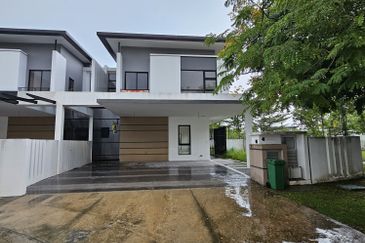
Cheria Residences, Tropicana Aman
Telok Panglima Garang, Selangor

Bandar Botanic
Bandar Botanic/Bandar Bukit Tinggi, Selangor

Residensi Xtreme Meridian (Astoria Ampang)
Ampang, Kuala Lumpur

